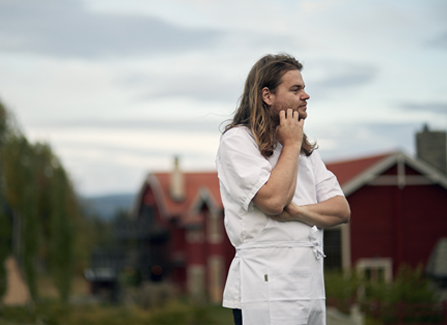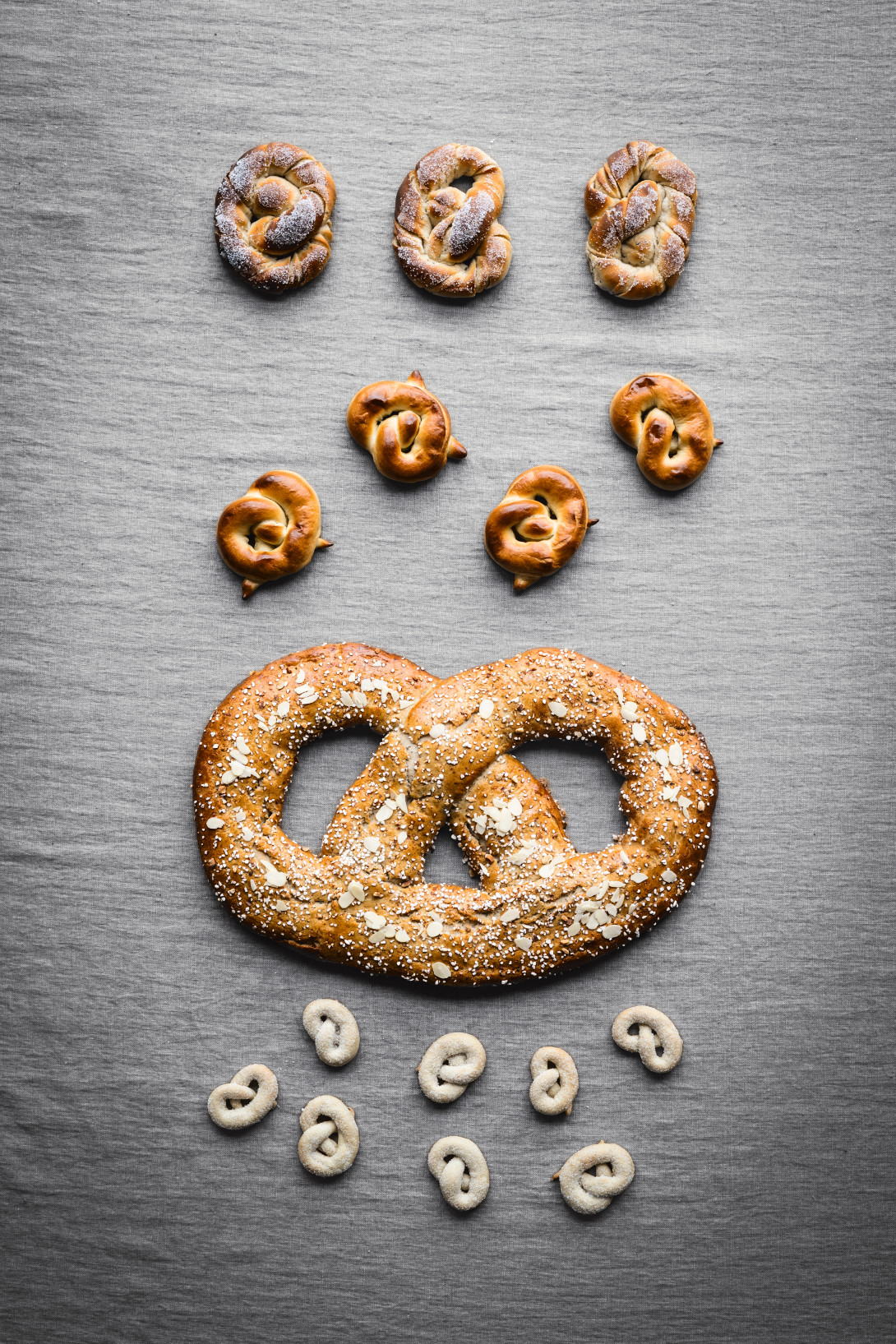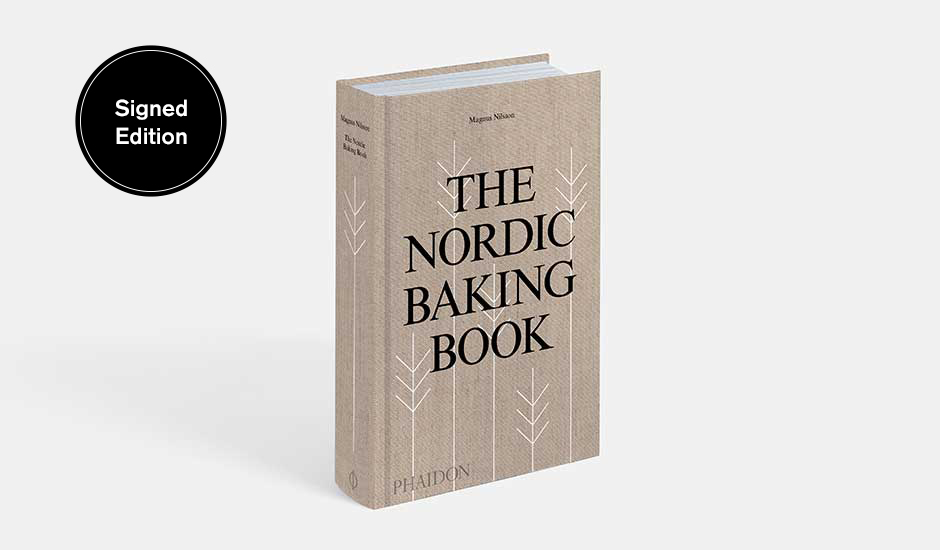
'Bitter, almost spicy'- Magnus Nilsson on the surprising, evergreen element in Nordic bread
Axes at the ready! One recipe in The Nordic Baking Book requires both culinary and arboreal skills
The old, English cookery writer Hannah Glasse may not have actually set down the instruction “first catch your hare” in her 18th century cookbook, yet the term has, apocryphally passed into usage. Now the Nordic chef and writer Magnus Nilsson is offering an update; for one of his recipes you have to " first chop down your pine tree!'
“In all parts of the Nordic region, in times of famine and poor harvest people have padded out their cereals with other things to make them last longer,” Nilsson explains in The Nordic Bakery Book. “In those regions where pine trees are abundant, pine bark flour has often been the material of choice. Especially in Finland, breads baked with pine bark had a strong tradition and historically have been eaten on a regular basis, not just when grains were not plentiful enough to last through the winter.”
Despite a plentiful supply of food, this tradition abides, and Nilsson for one rather likes the taste of the pine forest in his bread.

“If you are interested in baking pine bark bread,” he goes on, “the first step is to chop down a pine tree in early spring. You then need to strip away the inedible outer bark, and harvest the light-green inner bark – the phloem – from the wood by scraping it off with a knife or another sharp instrument.
The outer bark is discarded, the wood is chopped up and dried into firewood and the strips of phloem are hung up to dry somewhere warm (some people also lightly toast their phloem). When completely dry, the phloem is ground and sifted into a fine flour, which is mixed with cereal grain flour in proportions of roughly a quarter to a third.”
Of course, if that’s too much trouble, the chef adds that “pine bark flour is available for purchase in some health food stores.” Either way, the woody concoction adds a “slightly bitter and almost spicy flavour of this bread. And I do think that it suits the Finnish style of rye bread especially well,” he says.

To get the full recipe for that loaf, as well as lots of far more easily baked breads, buns, muffins, cakes and more, order a copy of The Nordic Baking Book here.